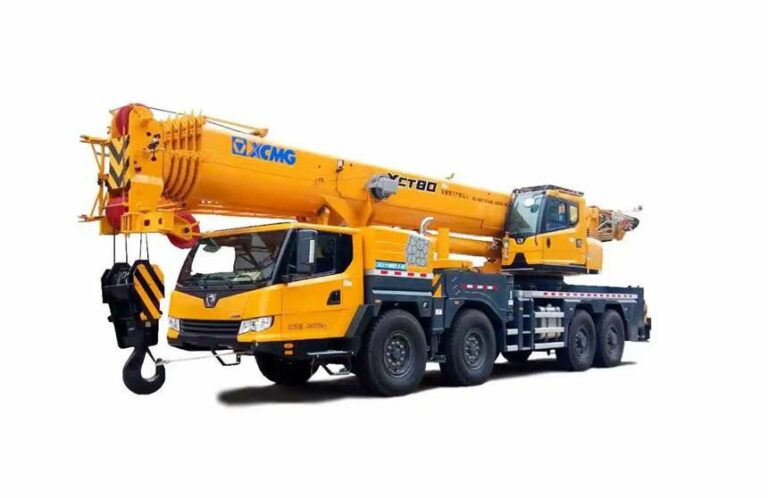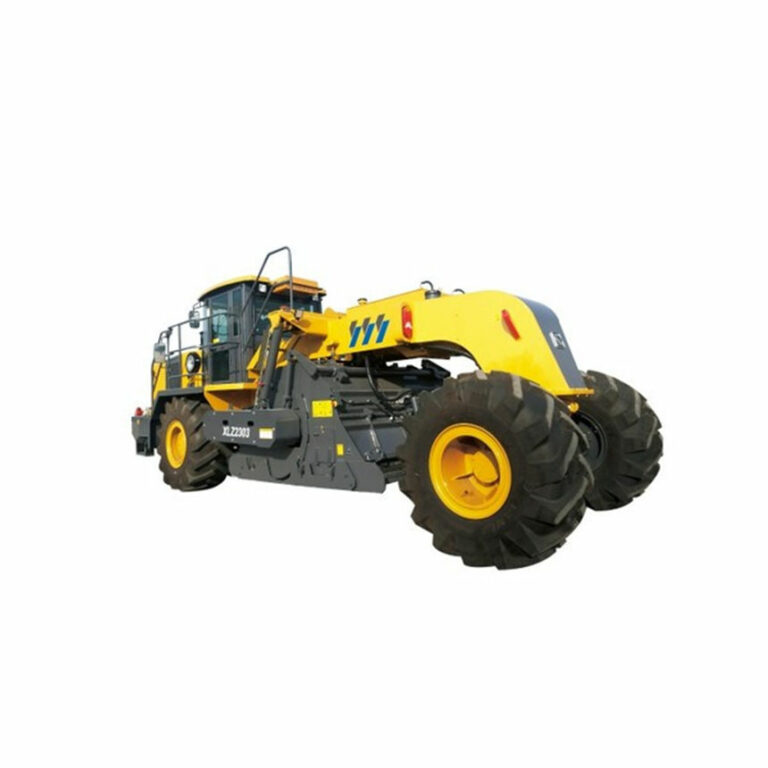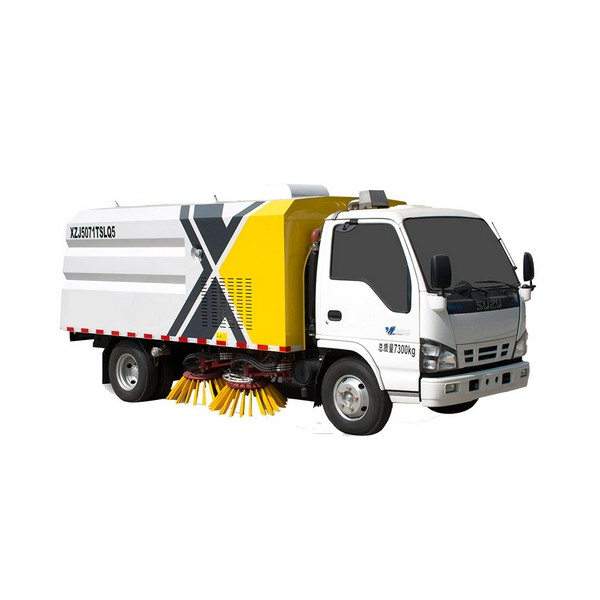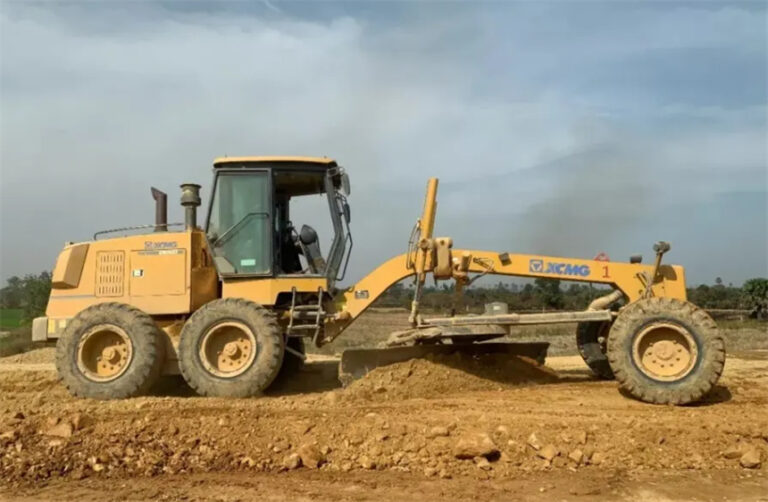How to maintain a crawler excavator?
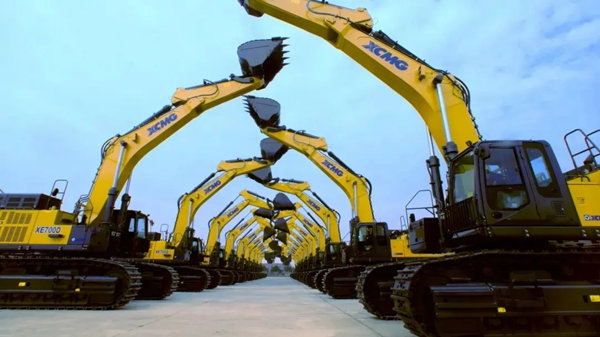
The use of crawler excavators must understand its operating procedures and maintenance methods. Then, how to maintain a crawler excavator?
Preparation before work
- Carefully read the relevant instruction materials of the excavator, and be familiar with the use and maintenance of the vehicle you are driving.
- Learn more about the tasks on the construction site, and check the firmness and stability of the soil where the excavator stops. When excavating foundation pits and trenches, qualitatively check the cutting and trench slope stability.
- It is strictly forbidden for anyone to stay in the work area, and the work site should be accessible for dump trucks to enter and exit.
- Check the hydraulic system, engine, transmission, braking device, slewing device, instruments, and meters of the excavator, and can work only after the trial operation and confirmation that they are normal.
Requirements during operation and driving
- A signal should be issued before the operation starts.
- When working, pay attention to selecting and creating a reasonable working face, and it is strictly forbidden to dig holes. It is strictly forbidden to arrange for the excavator to operate on two excavation surfaces at the same time. It is strictly forbidden to work under high-altitude objects such as wires.
- During operation, it is forbidden to adjust the engine, governor, hydraulic system, and electrical system casually. It is forbidden to crush solid objects with buckets or by rotary machinery. It is forbidden to jack up the excavator with the bucket rod or bucket cylinder. It is forbidden to drag the heavy objects on the side with the excavator’s arm. It is forbidden to excavate the work equipment in a sudden drop.
- The excavator should be loaded after the car is stopped. When unloading, the bucket should be lowered as much as possible without touching any part of the car, and the bucket should not be allowed to go over the cab.
- When the hydraulic excavator is working normally, the hydraulic oil temperature should be between 50 degrees and 80 degrees. Before the machine is used, if it is lower than 20 degrees, it should be preheated. When it reaches or exceeds 80 degrees, it should be stopped to dissipate heat.
Post-work requirements
- When the excavator is walking, it should be commanded by a special person, and the distance from the high-voltage line should not be less than 5 meters. Walking backward is prohibited.
- When walking downhill, drive at a low speed and a constant speed, and prohibit sliding and shifting.
- The parking position and walking route of the excavator should keep a safe distance from the road surface, ditches, and foundation pits.
- When the excavator is parked on a slope, the bucket must be placed on the ground, and all operating levers are placed in a neutral position.
- After the work is over, turn the fuselage upright, put the bucket on the ground, and put all the operating levers in the neutral position. The brakes of all parts are braked, and the driver can only open the mechanical doors and windows after closing the doors.

Maintenance method
- Reasonable selection of hydraulic oil, under the premise of considering the working temperature and efficiency of the hydraulic circuit, the viscosity of the hydraulic oil should be between 16-36×10-6mm2/s, and the viscosity of the short-term cold start corresponding to the lowest ambient temperature should be ≤1000X10 -6mm2/s, corresponding to the short-term allowable leakage oil temperature at 90°C, the viscosity should be ≥10X10-6mm2/s.
- A good hydraulic oil cooling system plays an important role in the improvement of the hydraulic oil temperature control system. Although the specific methods adopted by various manufacturers are different, the basic ideas are the same. When the hydraulic oil is overheated, the inspection steps for the hydraulic oil cooling temperature control system are as follows:
(1) Check whether the hydraulic oil radiator is blocked by dirt, which reduces the heat dissipation efficiency. Clean the radiator if necessary.
(2) Detect the actual working pressure of the system of the fan speed under extreme conditions to determine whether the hydraulic parts of the circuit are faulty and whether the oil temperature sensor or control circuit is working normally. At this time, the fan speed and system working pressure should be the maximum value. Otherwise, the corresponding parameters of the system should be adjusted or the damaged components should be replaced. - Elimination of abnormal internal leakage mainly refers to the abnormal internal leakage caused by the directional valve and the pressure valve stuck due to the contamination of the hydraulic oil in the system. The method of inspection is to measure the pressure, check the function, or listen to whether there is abnormal noise or touch to check whether the temperature is locally too high.
- Prevent the volumetric efficiency of components from decreasing. Attention should be paid to abnormal wear and normal wear. The former may occur in a very short period of time, and it can be judged by checking the quality of the oil and combining it with the function of the system (such as whether the actuator moves normally, whether the speed drops, etc.). The latter should follow certain rules and should be comprehensively investigated. , to take timely measures.
After reading the above content, I believe you have a clearer understanding of how to maintain a crawler excavator?


